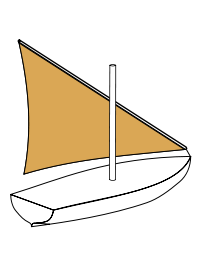
Photo from wikipedia
Seneca Valley virus (SVV) is a member of the Picornaviridae family, which has been used to treat neuroendocrine cancer. The innate immune system plays an important role in SVV infection.… Click to show full abstract
Seneca Valley virus (SVV) is a member of the Picornaviridae family, which has been used to treat neuroendocrine cancer. The innate immune system plays an important role in SVV infection. However, few studies have elucidated the relationship between SVV infection and the host's antiviral response. In this study, SVV replication could induce the degradation of RIG-I in HEK-293T, SW620 and SK6 cells. And overexpressing retinoic acid-inducible gene I (RIG-I) could significantly inhibit SVV propagation. The viral protein 2C and 3C were essential for the degradation of RIG-I. Furthermore, 2C and 3C significantly reduced Sev or RIG-I-induced IFN-β production. Mechanistically, 2C and 3C induced RIG-I degradation through the caspase signaling pathway. Taken together, we demonstrate the antiviral role of RIG-I against SVV and the mechanism by which SVV 2C and 3C weaken the host innate immune system.
Journal Title: Virology
Year Published: 2019
Link to full text (if available)
Share on Social Media: Sign Up to like & get
recommendations!